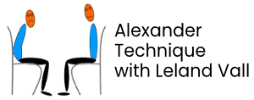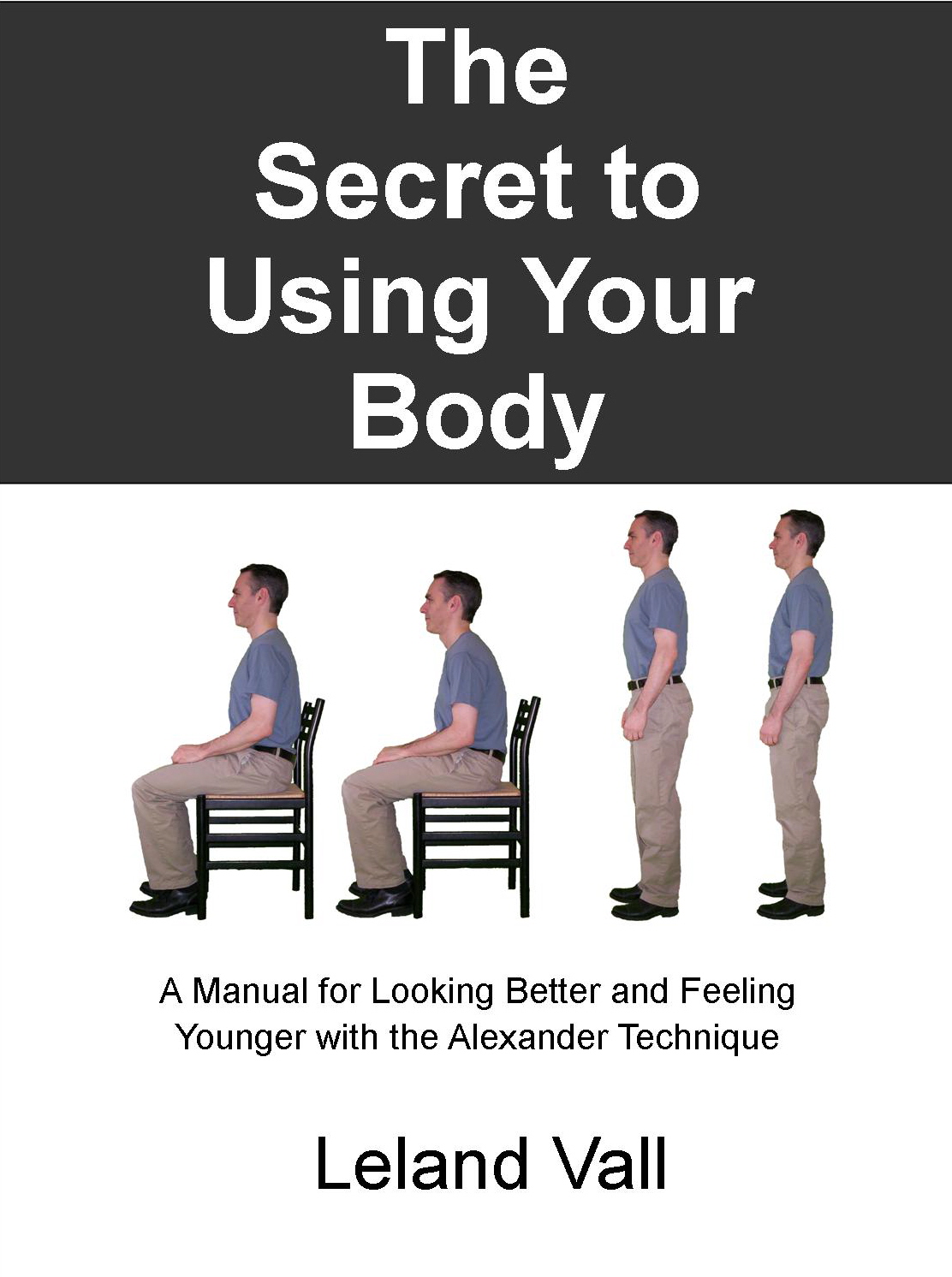Instead of thinking of posture as a straight line, try thinking of your body as an archer\’s bow.
There are different ways to help you understand the body as an internally dynamic event, something much more than a bunch of bones, muscles and joints that lug you around. In Tip 66 I say that the body can be viewed as an ocean wave. In the above video tip, I talk about the body as a hunter’s bow. This tip comes from Tip 1, which is really my favorite.
Extra
A Podcast from Robert Rickover: An Introduction to the Alexander Technique
There are more resources available on the Free Your Neck Blog. Please write your requests in the comment section.



What is primary control?
Ans@ head neck back(torso) relationship.
What are the primary disturbances of primary control?
Ans@ in stimulus of sit,stand,bend daily unconscious activities,
1.compressing the neck which makes head back and down and shortening and narrowing the back.
2. Keeping the head back and down which makes the neck compression and doing the back(torso) shortening and narrowing.
3. Shortening and narrowing the back(torso) and compressing the neck which makes the head back and down.
In all the above cases primary control collapses.
What are secondary disturbances of primary control which disturbs the primary control?
Ans@ the legs,hands misuse makes the back(torso) shortening and narrowing and the neck compresses and head goes to back and down and the, relationship between neck head back(torso) disturbs.
If the primary control disturbs, then breath disturbs.
If the breath disturbs the primary control disturbs?
Is the below directional sequence is wrong?
Ans@
let the neck be free
to let the head go forward and up
to let the back lengthen and widen
to let the legs release away from torso
to let the shoulders release away from torso.
Yes.
The above directions sequence is wrong.
Then the right directions sequence is,
let the neck be free
to let the head go forward and up
to let the back lengthen and widen(the shoulders release out to the sides and hips goes back and up)
to let the legs release away from torso
to let the arms release away from shoulders(torso).
A partial direction in the alexander whole direction, and its reasoning process?
(which direction comes first in the alexander whole directional sequence knees Or shoulders)?
Ans@
the shoulder direction comes first. Since the shoulder widening is a part of back(torso) lengthening and widening process.
So, first shoulder direction next knees direction.
The sub parts with in the main parts dynamic oppositional forces?
Head: crown of the head,chin,jaw ,eyes dynamic oppossitions.
Torso : neck(cervical spine),thoratic curve,lumbar curve,sacrum curve,hips, hip joints,sitting bones, shoulder blades,clavicles,true false ribs,sternum dynamic oppositions.
Legs: knees,ankles, toes,feet
hands: arm joint,elbow,wrist, fingers,palm dynamic oppossitions.
Main parts dynamic oppossitions:
neck
head
back(torso)
legs
arms dynamic oppossitions.
Alex technique oppossitional forces?
1. The head opposes the torso ,the torso opposes the head
2. The torso opposes the knees the knees opposes the torso
3. The knees opposes the shoulders, the shoulder opposes the knees.
And what are others.
………
Another version?
Ans@
1. The torso is opposed by head,knees,shoulders,
2. The knees opposed by torso and feet
3. The shoulders opposed by head and torso and elbows
4. The elbow opposed by shoulder and hand(palm).
5. The hips opposed by spine and knees
6. The neck oppossed by head and torso and shoulders .
7. The spine opposed by head and ribcage and shoulders and hips.
8.the ribcage opposed by spine and neck and shoulders
and what are others?
What are others?
The dynamic direct oppossitions of f.m?
1. The head goes forward and and up and neck goes back and up
2. The neck goes back and up and the back(torso(spine))) goes back and up
3. The back(torso(spine))) goes to back and up the hips goes to back and (up).
4.the back(torso(spine))) back and up and the ribcage , up and out and in .
5. The hips goes to back and up and the knees goes forward
6. The knees goes to forward and the feet pushes the ground
7. The back(torso(spine))) goes to back and up and shoulders goes to out to the side
8. The shoulders goes to out the side the elbows goes to away from the shoulders.
9. The elbows goes away from shoulder blades(shoulders) then the hand fingers goes away from elbows.
One after the other alltogether,
With daily stimulus of sit,stand with out end-gain.
……………
The indirect oppossitional relationships?
1. The head goes forward and up the knees goes forward
2. The hips back up and head forward and up
3. The shoulders out to the side and hips back
4. The spine back and up and knees forward
5. The head forward and up and spine back and up and knees forward.
And many more.
the archers bow thinking::::::::::::::::::::::::
the stick of the archers bow is the extensior muscles of the back of the body.
the thread of the archers bow is the flexor muscles of the front of the body.
thank you.
sir,
really this is very intersting idea.
i can write on this idea , easily about ten pages of matter.
that much matter is in this wonderful idea.
every direction of alexander , inhibition, sensory appreciation reliable and faulty,releasing muscles,directions, doing for nondoing, nondoing for nondoing,
doings for doings, the space around us,mechanical advantages,up,down, strain,pain,
lengths,widths,gravity .
i think all the alexander concepts are included in this.
i will try to think and work out for relaible sensory appreciation on this idea.
thank you.